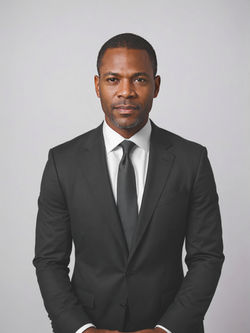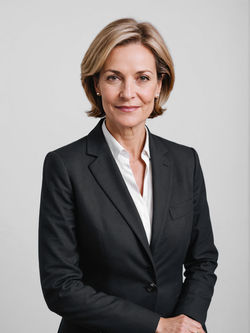
How does a scientific research group work?
A scientific research group in psychoanalysis functions as a collaborative space to explore, deepen, and produce knowledge in the field, considering its theoretical, clinical, and cultural dimensions.
Objective and Focus: The group defines a specific focus, such as investigating core psychoanalytic concepts, examining clinical applications, or analyzing the intersection between psychoanalysis and culture, while applying all methodological and epistemological requirements related to the human sciences.
Structure and Leadership: Typically, there is a principal coordinator, who may be an experienced psychoanalyst or a researcher in the field, responsible for organizing activities and guiding participants. Members may include psychoanalysts in training, academic researchers, and other interested professionals.
Regular Meetings: The group meets periodically to discuss foundational texts, share case studies, debate theories, or present results of investigations conducted by its members.
Task Division: Each participant assumes specific responsibilities, such as conducting literature reviews, analyzing clinical data (in compliance with ethical standards), organizing academic events, or producing scientific publications.


Resources and References: The group may seek support from psychoanalytic institutes, universities, or associations like the AAPSP. Classical and contemporary psychoanalytic texts, along with human sciences references, are often used as theoretical foundations.
Knowledge Production: The group's findings may be presented at psychoanalytic conferences, published in academic journals, or shared at events within the psychoanalytic community.
Ethics and Confidentiality: The research is governed by the legal parameters of psychoanalytic research in the U.S., ensuring rigorous attention to ethics, particularly when handling clinical materials. Confidentiality and privacy of those involved are fundamental principles.
Reflective Environment: The group also serves as a space for reflective exchange, where participants can explore their own clinical practices and engage in enriching dialogues with other professionals.
Suggestions for Research Areas
Recommended Basic Bibliography
 Retrato de Mulher de Negócios |  Homem de negocios |
|---|---|
 retrato Executivo fêmea |  CEO no laboratório |
 Homem no terno preto |  Retrato de mulher profissional |
 Retrato de mulher profissional |  profissional masculino |
 Empresária confiante |  Retrato de mulher de negócios |
 Retrato de empresário |  Retrato de homem maduro |
 Homem de negócios sênior |
 |  |  |
|---|---|---|
 |  |
Continuous and Collaborative
Learning
Would you like to join a research group?
Express your interest by completing the form below:


